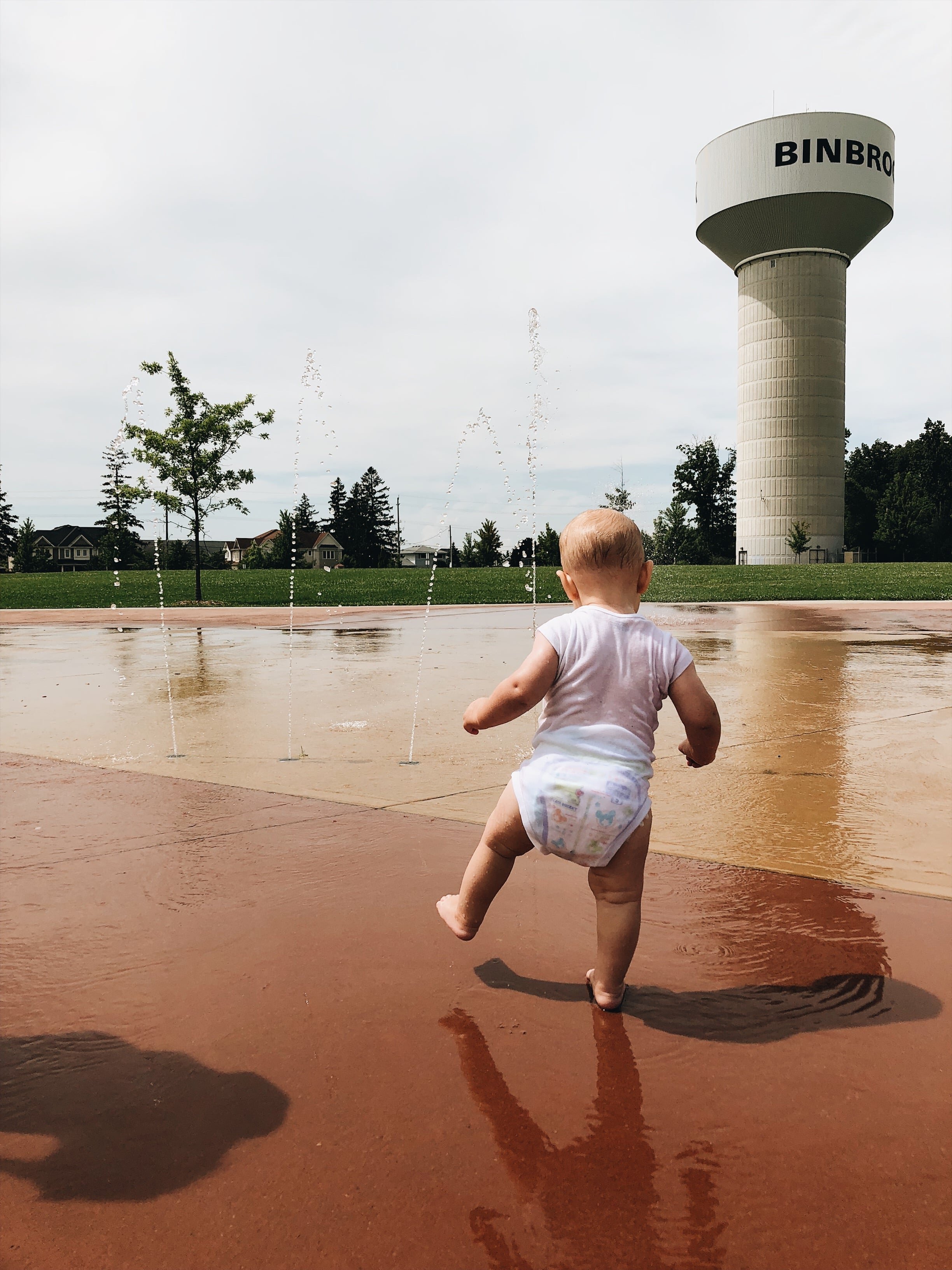Three reasons why your child isn’t walking yet.
I like to preface all of my information about children and their developmental milestones with this statement. Follow the child, not the calendar. If you’re concerned about your child not walking yet because all your friends’ children are already walking and your baby is just a bit late, please stop worrying. This blog is for parents whose child is obviously having some difficulty or has apparent delays in their development.
Vestibular System
The vestibular system is part of the inner ear. If you’ve read any of my other blogs, you’ll know I speak about it a lot. I’m so passionate about having a functional vestibular system because I’ve seen the impact is has had on my own personal health.
Your vestibular system detects how your body is moving against gravity. It tells your brain where your body is, kind of like positional sense.
Having a dysfunctional vestibular system means that the body isn’t detecting correctly how it is moving against gravity. It then sends this message to the brain, saying “I’m not really sure what’s going on here”. Therefore everything seems to be a huge effort, and it is!
Often to compensate for a vestibular dysfunction, one would use the eyes and hands/feet touching things to give extra feedback to the brain about where the body is in space.
So if your child has a vestibular dysfunction, you might notice that they can pull to stand but refuse to let go of things to walk. They may like to walk holding onto things. Children with vestibular issues also often don’t like being thrown about or playing rough, they often don’t like swings or slides, and they often wake a lot during the night (or sleep better when being held due to the additional input from touch).
Structural Discomfort
Learning to roll, push up onto our arms, and stand is difficult work! Imagine if us adults fell onto our bottoms as often as our babies did. Or if we got our arms stuck under our body when we rolled over in bed! Not to mention if your baby’s birth was traumatic, maybe their head got stuck or they had shoulder dystocia… any of these things have the ability to disrupt the musculoskeletal system.
If you’ve got pain or discomfort, do you push yourself to learn new things? Maybe we should regard our babies in the same way we regard ourselves.
Ligament Laxity
This is a common reason for delayed walking, often given by GPs and physios etc. And if you have a child with ligamentous laxity, you can definitely see it when they pull to stand up. Their feet pronate, their ankles roll in, their knees and hips don’t look quite stable enough to hold their little bodies and take their first steps.
My question, is why are their ligaments so lax anyway? Is it always genetic or is there something underlying that can be supported. For example, anecdotally, a number of children with severe foot pronation and turned in ankles often have a jaw (TMJ) structural issue that requires addressing (this goes for adults too actually!).
In the biomechanical chain, is the primary problem where you’re getting symptoms, or is the region where you’re getting symptoms secondary to a problem elsewhere? Well that’s my job to figure out for you.
If you’re concerned about your child’s walking, or delayed walking, and you’d like a comprehensive assessment, use the contact form or booking button to make an appointment today.





